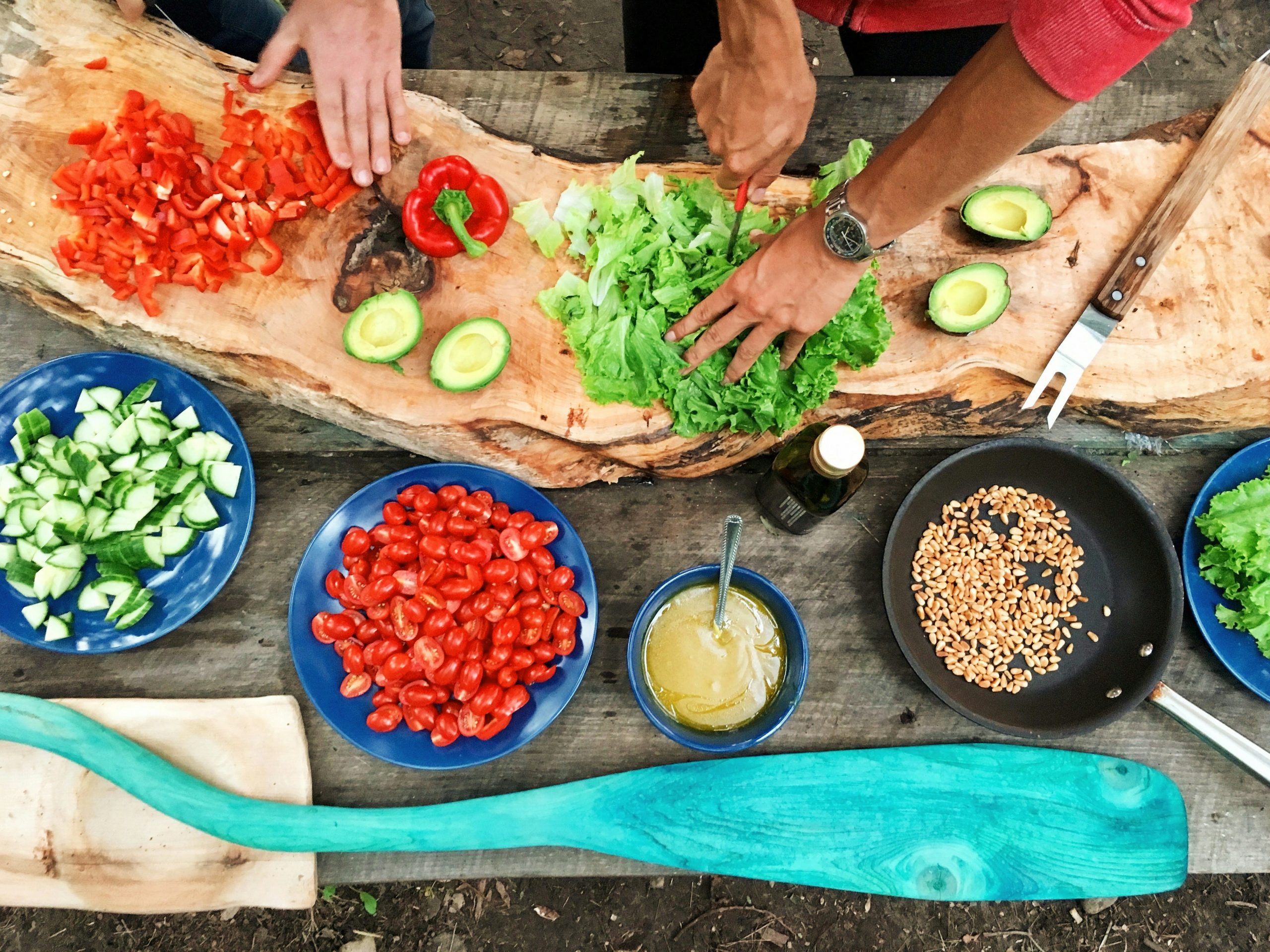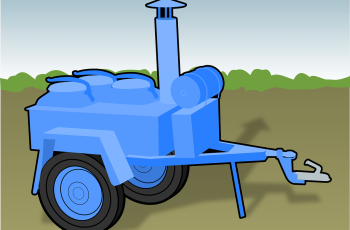Ad Blocker Detected
Our website is made possible by displaying online advertisements to our visitors. Please consider supporting us by disabling your ad blocker.
Are you struggling to achieve perfectly cooked rice and grains in your electric pressure cooker? Look no further! In this article, we will provide you with some valuable tips and techniques that will help you achieve consistently delicious results every time you use your electric pressure cooker. Say goodbye to undercooked or mushy rice and grains, and say hello to fluffy and perfectly cooked goodness. Whether you’re a seasoned pro or just starting out with your electric pressure cooker, these tips are sure to elevate your cooking game and make your meals even more enjoyable. So grab your electric pressure cooker and get ready to create culinary masterpieces with ease!
Choosing the Right Type of Rice or Grain
When it comes to cooking rice or grains in an electric pressure cooker, one of the first things you need to consider is the cooking time. Different types of rice and grains have different cooking times, so it’s important to choose the right one for your recipe.
Next, you’ll want to determine the desired texture of your rice or grains. Some people prefer their rice to be fluffy and separate, while others prefer a stickier texture. The type of rice or grain you choose will determine the final texture, so be sure to consider this when making your selection.
Another important factor to consider is the water-to-grain ratio. This ratio can vary depending on the type of rice or grain you’re using, so it’s important to check the instructions or recommended ratios for each specific type. Getting the water-to-grain ratio right is crucial for perfectly cooked rice or grains in your electric pressure cooker.
Rinsing Rice and Grains
Before cooking your rice or grains in an electric pressure cooker, it’s a good idea to rinse them. Rinsing helps remove excess starch from the grains, which can make them stick together. This is especially important if you’re looking to achieve a fluffy and separate texture.
Rinsing also helps prevent clumping during the cooking process. When grains clump together, they can turn into a sticky mess that is difficult to separate. By rinsing your rice or grains before cooking, you can prevent this from happening and ensure a better end result.
Additionally, rinsing can help enhance the flavor of your rice or grains. By removing any impurities or dust from the grains, you’ll be left with a cleaner and more flavorful final dish.
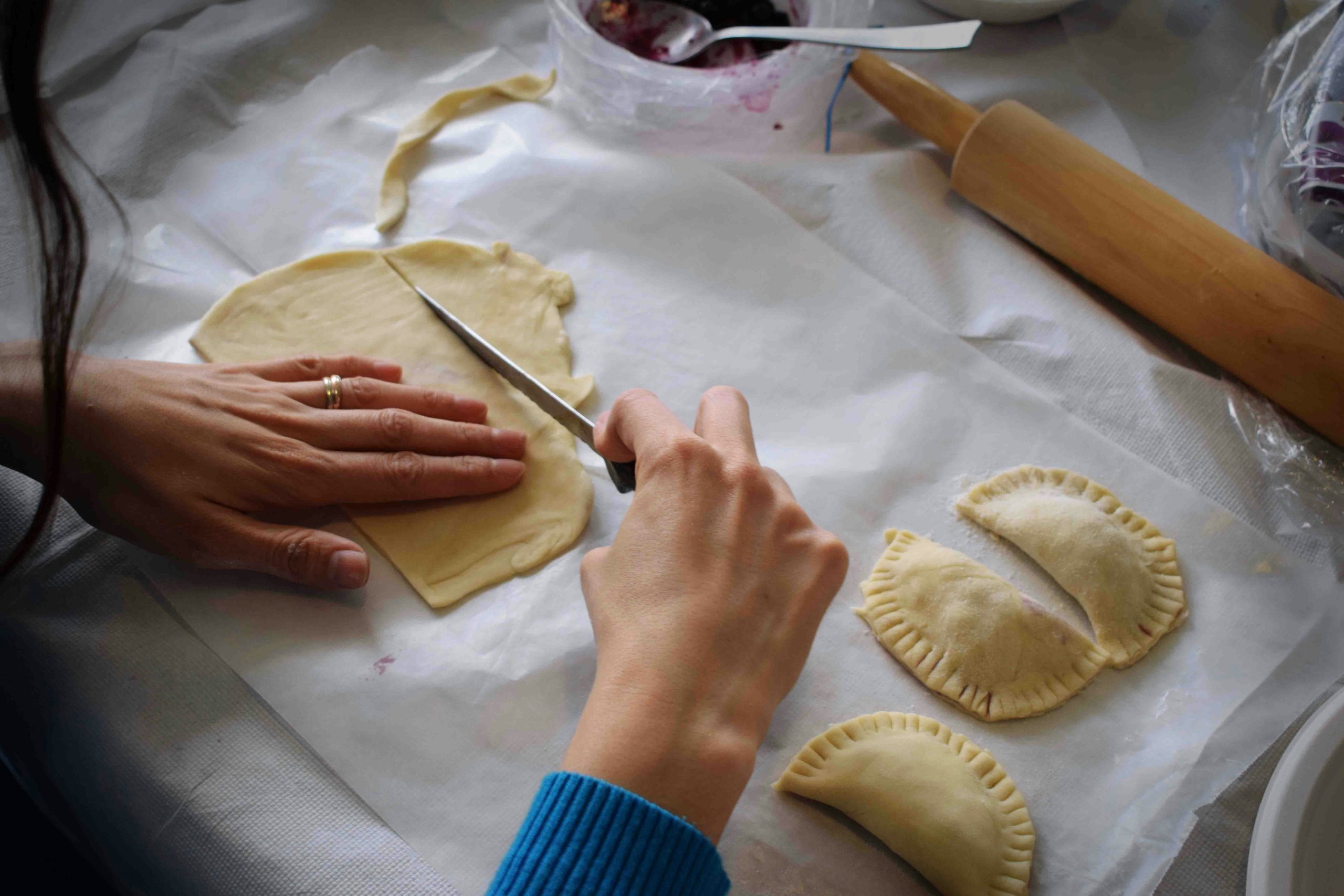
Soaking Rice and Grains
Soaking rice and grains before cooking them in an electric pressure cooker can provide several benefits. One benefit is that it can shorten the overall cooking time. By soaking the grains, you can help to soften them, reducing the amount of time needed for them to become fully cooked.
Soaking can also improve the texture of your rice or grains. It allows the grains to absorb moisture more evenly, resulting in a softer and more tender end result.
In addition to improving the texture, soaking can also increase the nutrient absorption of rice and grains. Soaking helps to break down the phytic acid present in the grains, which can inhibit the absorption of certain nutrients. By soaking them, you can help make these nutrients more available for your body to absorb.
Adjusting Cooking Time
When cooking rice or grains in an electric pressure cooker, it’s important to adjust the cooking time based on several factors. First, consider the size and type of grain you’re cooking. Larger grains will generally require longer cooking times, while smaller grains will cook more quickly.
It’s also important to account for any soaking time. If you’ve soaked your rice or grains before cooking, you’ll want to adjust the cooking time to account for this. Soaked grains will generally cook faster than those that haven’t been soaked.
To determine if your rice or grains are fully cooked, it’s a good idea to perform a quick test. Take a few grains and taste them to see if they are tender and fully cooked. Adjust the cooking time accordingly if needed.
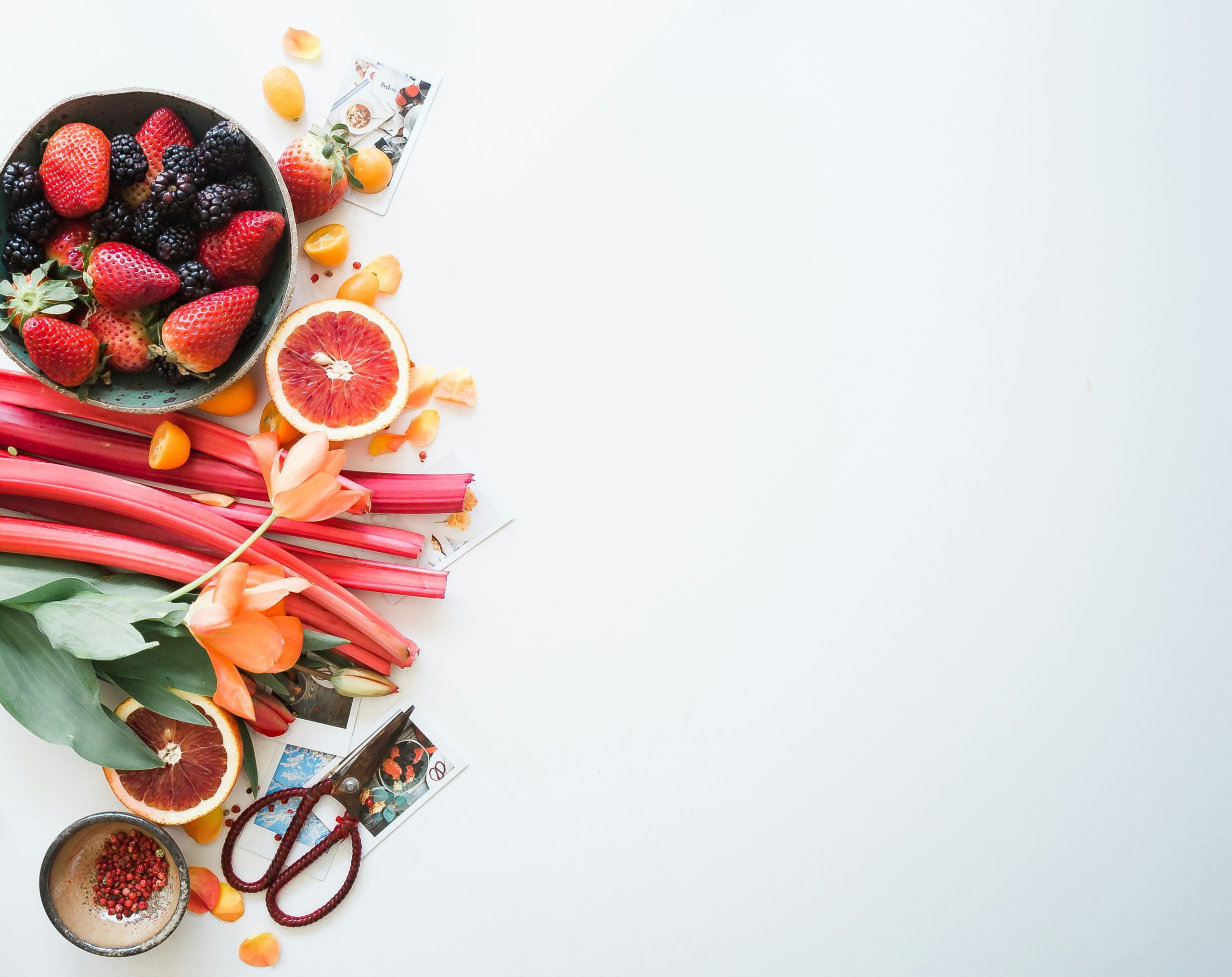
Measuring Water
Measuring the right amount of water is crucial when cooking rice or grains in an electric pressure cooker. It’s important to follow the recommended water-to-grain ratio provided for each specific type of rice or grain.
However, you can also adjust the amount of water based on your personal preferences. Some people prefer their rice or grains to be drier, while others prefer a softer and more moist texture. Experiment with different water-to-grain ratios to find the perfect balance for your taste.
Additionally, factors like altitude can affect the cooking process. At higher altitudes, water boils at a lower temperature, which can impact the cooking time and amount of water needed. Consider these factors and make adjustments accordingly to achieve the best results in your electric pressure cooker.
Adding Flavors and Seasonings
One of the great things about cooking rice or grains in an electric pressure cooker is the ability to infuse them with flavors and seasonings. Experiment with different spices and herbs to add depth and complexity to your dish.
You can also use broth or stock instead of water to cook your rice or grains. This can add a rich and savory flavor that elevates the overall taste. Coconut milk or other liquids can also be used to create a unique and flavorful dish.
Remember that the flavors will intensify during the cooking process, so start with a conservative amount of seasonings and adjust as needed. Be creative and don’t be afraid to try new combinations to find your favorite flavor profiles.
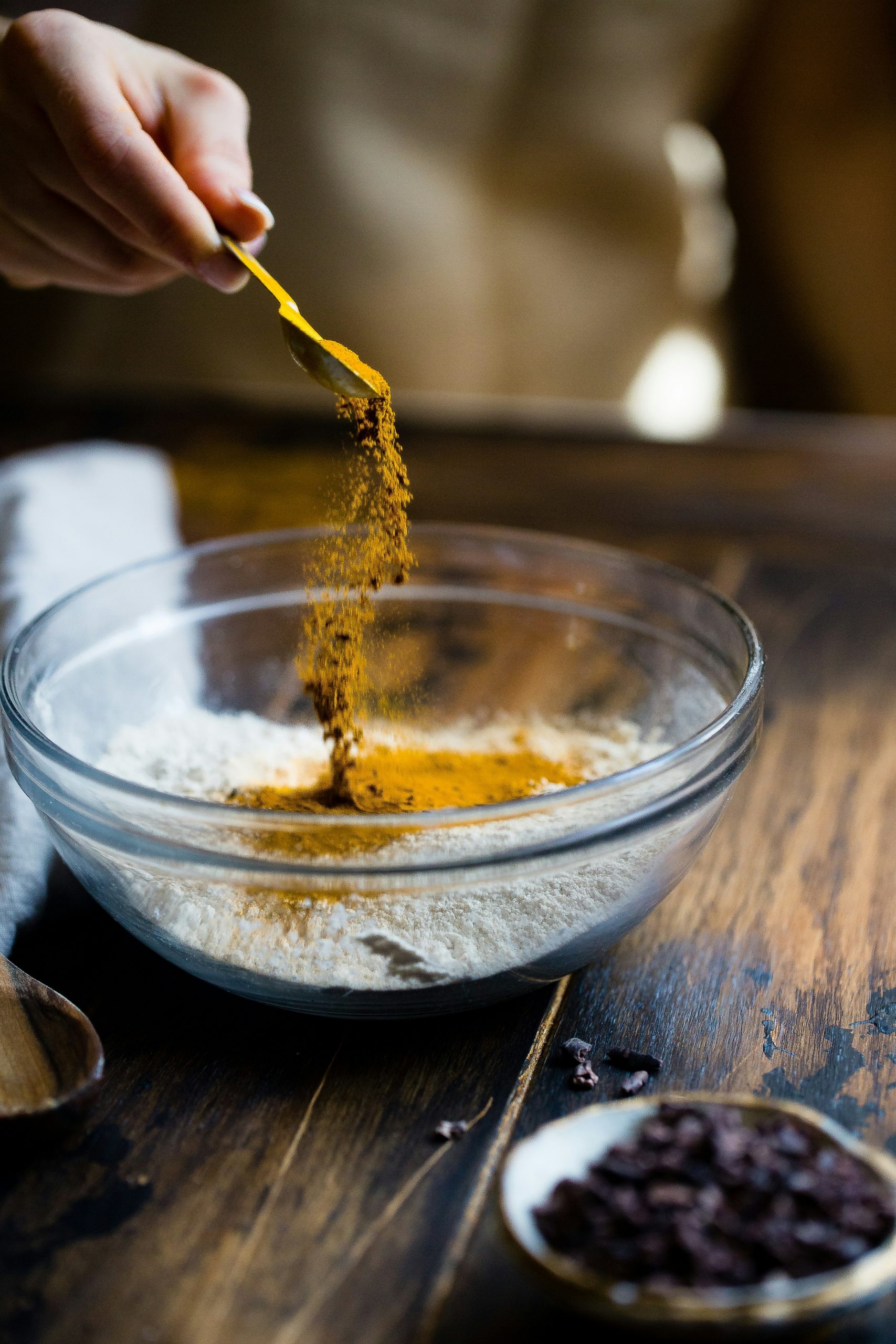
Using the Proper Pressure Cooker Setting
Electric pressure cookers come with a variety of cooking functions, so it’s important to select the appropriate setting for your rice or grain. Some models have specific settings for rice or grains, while others may have a manual or custom option.
Adjusting the pressure level is also important when cooking rice or grains. Most recipes will specify the pressure level needed, but as a general guideline, high pressure is commonly used for grains, while low pressure is used for delicate grains or rice varieties.
You should also take into account the specific rice or grain variety you’re cooking. Different varieties may require slightly different cooking times and pressure levels, so refer to the instructions or recommended guidelines for each type.
Natural Release vs. Quick Release
When cooking rice or grains in an electric pressure cooker, you’ll need to decide whether to use a natural release or quick release method. Understanding the difference between the two methods will help you determine the best approach for each type of grain.
Natural release involves allowing the pressure to naturally dissipate over a period of time after cooking. This method is often used for longer cooking grains and helps to prevent overcooking or mushy textures.
Quick release, on the other hand, involves manually releasing the pressure after cooking. This method is typically used for shorter cooking grains and helps to quickly stop the cooking process and avoid overcooking.
Factor in additional cooking time when using the natural release method, as the grains will continue to cook during this time. Be mindful of the recommended cooking time and adjust accordingly based on your preferred texture.
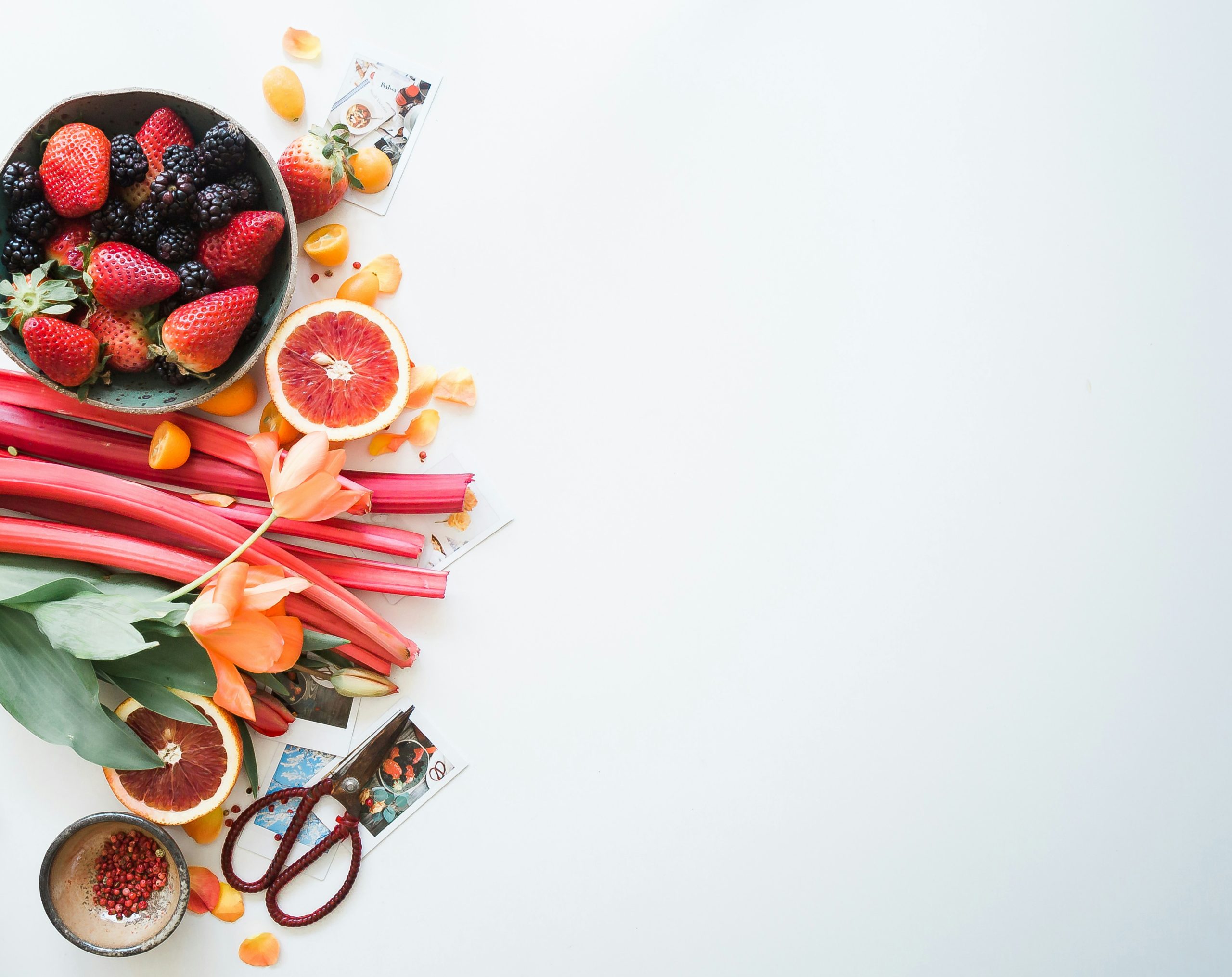
Fluffing the Rice or Grains
After cooking your rice or grains in an electric pressure cooker, it’s important to fluff them before serving. This step helps to separate the grains and enhance the overall texture of the dish.
To fluff the rice or grains, use a fork or paddle and gently stir them, being careful not to over-stir. Over-stirring can lead to a sticky and mushy texture, so a light touch is best.
Once you’ve fluffed the rice or grains, let them rest for a few minutes before serving. This allows any excess moisture to be absorbed, resulting in a drier and more fluffy final product.
Troubleshooting Common Issues
Sometimes, despite your best efforts, you may encounter common issues when cooking rice or grains in an electric pressure cooker. Here are some tips for addressing these issues:
If your rice is overcooked or mushy, try reducing the cooking time or the amount of water used. You can also rinse the rice thoroughly before cooking to remove excess starch.
If your grains are undercooked or crunchy, increase the cooking time or adjust the water-to-grain ratio. You can also try soaking the grains before cooking to help soften them.
If your rice or grains are burnt or stuck to the bottom of the pressure cooker, reduce the cooking time or make sure to thoroughly rinse the rice before cooking. Adding more liquid or using a non-stick insert can also help prevent sticking.
By following these tips and experimenting with different techniques, you can achieve perfect rice and grains in your electric pressure cooker every time. Enjoy the versatility and convenience of this appliance and create delicious and nutritious meals with ease.
